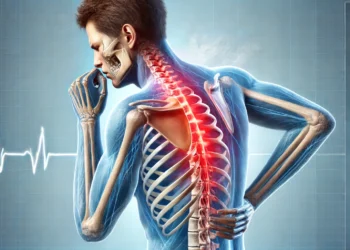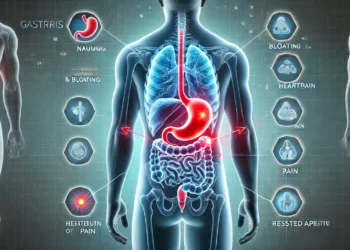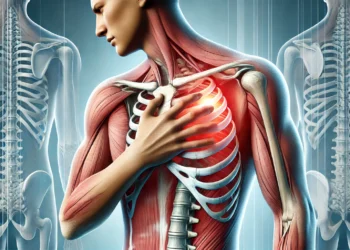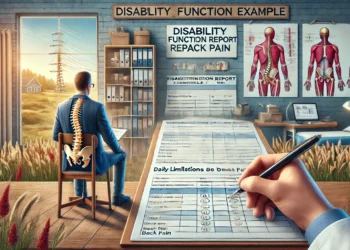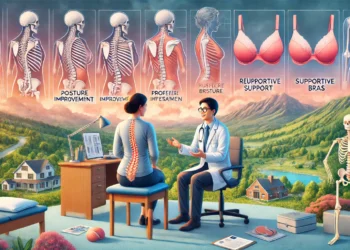Back pain is a common issue that many people experience, and one of the primary causes often overlooked is tight muscles. While we tend to associate back pain with injuries or conditions like herniated discs, muscle tightness can play a significant role in causing discomfort and pain. In this article, we will explore how tight muscles can result in back pain and the ways you can alleviate it.
Understanding the Connection Between Tight Muscles and Back Pain
When muscles become tight, they lose their flexibility and ability to function properly. The muscles in the back, particularly those that support the spine, can become tense due to a variety of reasons such as poor posture, stress, overuse, or inactivity. Tight muscles can restrict movement, cause discomfort, and even put pressure on nerves, leading to pain.
Muscle Imbalance
Muscle imbalance occurs when one group of muscles becomes tight while the opposing muscles become weak or overstretched. This imbalance affects the spine’s alignment and puts additional strain on certain muscles. Over time, this can result in chronic back pain and even contribute to conditions like sciatica.
Read Also: Does Pneumonia Cause Back Pain – Can Pneumonia Lead to Back Pain!
How Tight Muscles Contribute to Back Pain
- Restricted Blood Flow and Oxygen Supply
Tight muscles restrict blood flow to the area. As the muscles contract, they can impede circulation, reducing the oxygen supply to the muscles and tissues. This lack of oxygen can cause muscle fatigue and cramping, resulting in pain. - Pressure on the Spine and Nerves
The muscles in your back support your spine and its structure. When they are tight, they may pull the spine out of alignment, leading to undue pressure on the vertebrae and nerves. This pressure can cause irritation, inflammation, and pain that radiates across the back, shoulders, and even down the legs. - Reduced Flexibility and Range of Motion
Tight muscles decrease the flexibility and range of motion of your back. Simple movements like bending, twisting, or reaching may become difficult or painful. A lack of movement further contributes to stiffness and discomfort, creating a cycle of pain and immobility. - Postural Strain
Poor posture is often linked to tight muscles. When you sit or stand in an improper position for long periods, certain muscles become overworked while others weaken. Tight muscles, especially in the lower back and hips, may force you to adopt poor posture, leading to strain on your spine and surrounding muscles, which can worsen pain over time. - Increased Muscle Tension and Stress
Stress plays a major role in muscle tension. When you’re stressed or anxious, your body naturally tightens its muscles. The back, shoulders, and neck are common areas where muscle tension accumulates. The sustained contraction of these muscles can lead to back pain, especially if left untreated.
Common Areas Affected by Tight Muscles
- Lower Back (Lumbar Region)
Tightness in the lower back muscles, such as the erector spinae and quadratus lumborum, can result in pain and discomfort. These muscles are responsible for supporting the spine and allowing movements like bending and lifting. When they become tight, they may contribute to conditions like lower back strain or sciatica. - Upper Back and Shoulders
Tension in the upper back and shoulders, often caused by poor posture or stress, can lead to stiffness and pain in the upper spine. This tightness can radiate up to the neck and cause tension headaches, contributing to discomfort across the entire back. - Hip Flexors
The hip flexors, which are responsible for bending the hips and supporting posture, can become tight due to sitting for long periods. Tight hip flexors may affect the alignment of the pelvis and spine, leading to lower back pain and discomfort when standing, walking, or sitting.
How to Alleviate Tight Muscles and Prevent Back Pain
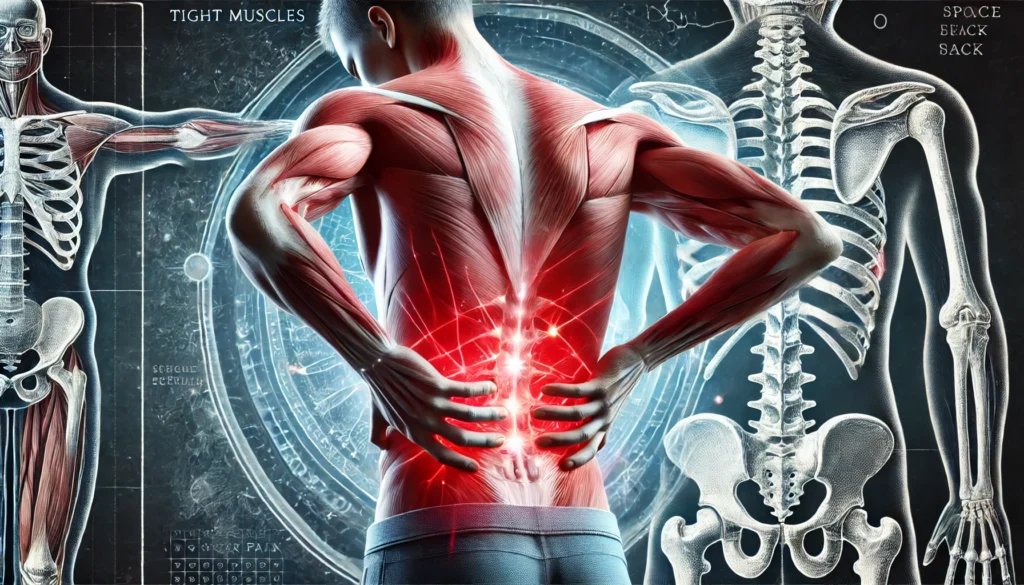
- Stretch Regularly
Stretching helps to release tension in tight muscles and improve flexibility. Focus on stretching your lower back, hips, hamstrings, and shoulders. Incorporating a daily stretching routine can prevent muscle tightness and reduce your risk of back pain. - Exercise and Strengthen Core Muscles
Regular exercise helps to strengthen the muscles that support your spine. Focusing on core strengthening exercises, such as planks and bridges, can improve posture and stability, reducing muscle tension and back pain. - Improve Posture
Maintaining proper posture while sitting, standing, and walking can help prevent muscle tightness and strain on your back. Make sure your work chair provides adequate lumbar support, and avoid slumping or hunching over when sitting. - Use Heat or Cold Therapy
Applying heat or cold to tight muscles can provide relief. Heat helps to relax muscles, while cold therapy can reduce inflammation and swelling. Alternating between both can relieve pain and improve mobility. - Manage Stress
Since stress contributes to muscle tension, practicing relaxation techniques such as deep breathing, yoga, or meditation can help reduce muscle tightness and prevent back pain. - Take Breaks
If your daily routine involves sitting for long periods, be sure to take breaks every 30 minutes. Stand up, walk around, and stretch to relieve tension in your back and prevent muscles from becoming tight.
FAQs:
1 What causes tight muscles in the back?
Tight muscles in the back can be caused by poor posture, overuse, stress, inactivity, or muscle imbalances.
2 How do tight muscles affect the spine?
Tight muscles can pull the spine out of alignment, putting pressure on the vertebrae and nerves, leading to pain.
3 Can tight muscles cause chronic back pain?
Yes, prolonged muscle tightness can lead to chronic back pain by creating muscle imbalances and restricting movement.
4 How can I relieve tight muscles in my back?
Stretching, strengthening exercises, proper posture, and stress management can help relieve tight muscles in the back.
5 Is there a link between stress and back pain?
Yes, stress can cause muscle tension, especially in the back, shoulders, and neck, leading to discomfort and pain.
Conclusion:
Tight muscles can lead to back pain by restricting movement, affecting posture, and causing muscle imbalance. The good news is that with proper care, including stretching, exercise, and stress management, you can reduce muscle tightness and prevent back pain. If you are already experiencing discomfort, it’s important to address the underlying muscle tension to promote healing and long-term relief. By taking proactive steps to maintain muscle flexibility and strength, you can significantly reduce your risk of developing chronic back pain.
Read More Relevant Article:
- Read Also: Back Pain Memes Funny – Funny Back Pain Memes: Laughing Through the Ache!
- Read Also: What Will They Do In The Emergency Room For Severe Back Pain – How Will Emergency Room Doctors Treat Severe Back Pain!
- Read Also: Will Xanax Help Back Pain? A Comprehensive Guide – Can Xanax Alleviate Chronic Back Discomfort!



